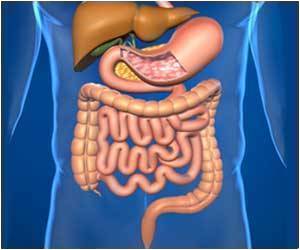Cardiac patches, or scaffolds also serve the purpose. Yafeng Zhou and colleagues wanted to develop an exosome solution that could be sprayed onto the heart through a tiny incision, avoiding major surgery.
Researchers mixed exosomes from mesenchymal stem cells with fibrinogen. They added this solution to a tiny, double-barreled syringe that contained a separate solution of thrombin. When the team sprayed the solutions out of the syringe onto a rat’s heart through a small chest incision, the liquids mixed and formed an exosome-containing gel that stuck to the heart.
Small endoscope, inserted through a second small incision, guided the spray needle. In rats that had recently had a heart attack, the exosome spray lasted longer, healed injuries better and boosted the expression of beneficial proteins more than heart-injected exosomes.
In pigs, the spray caused less severe immune reactions and surgical stress than open-chest surgery. The spray is a promising strategy to deliver therapeutic exosomes for heart repair, the researchers say.
Source: Medindia



